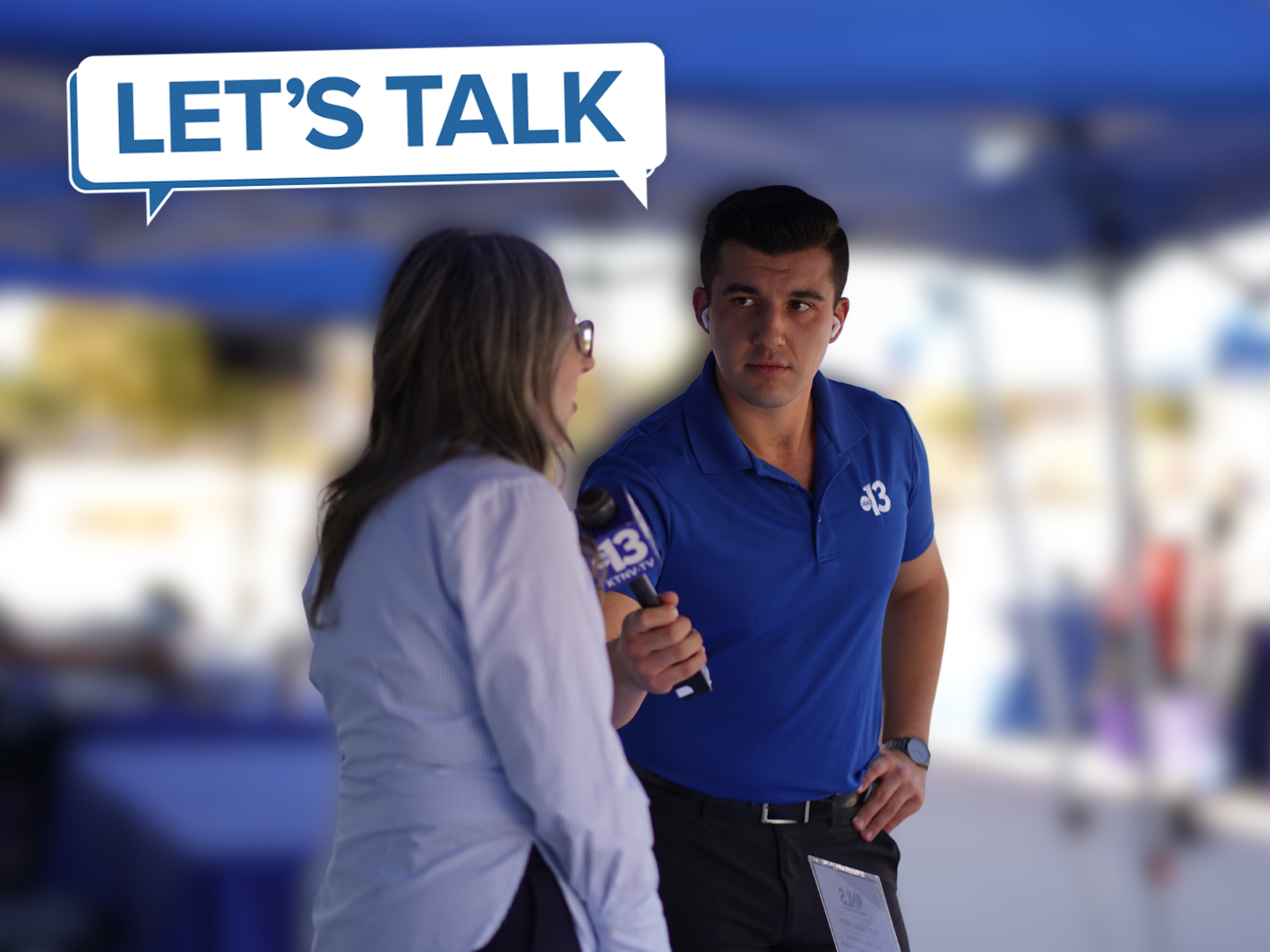EAU CLAIRE, WI. — As students head back to school, safety is top of mind as COVID-19 cases spike around the county. On one college campus, students are taking their safety and health into their own hands.
“We're in a public health crisis. We’re in a global pandemic. We have to do something about this,” said Professor Crispin Pierce.
Pierce and fellow professor, James Boulter, helped a group of students develop an experiment to see how well ventilated each classroom is on campus. Their data is helping the university make changes to keep students safer.
“It started off as a small project, and it kind of just exploded to really trying to evaluate the campus as a whole,” Danielle Zahn said.
Zahn is a student studying public health at the University of Wisconsin Eau Claire. She and a group of students teamed up to test airflow in classrooms to answer the question in every student’s mind.
"Are we still safe returning back to campus, especially when we have a student body from all around the world?” asked Zahn.
Here’s how their experiment works: the students will get an inquiry from a professor or the university to check a specific classroom or space for airflow. They will set up carbon dioxide monitors, then use dry ice to fill classrooms with carbon dioxide: the same gas we exhale when we breathe. Fans spread it all over the room to simulate a classroom full of students.
In a real class, as carbon dioxide builds up, if there are any sick students, COVID-19 will build up in the air, too.
The students are testing how fast the building’s built-in ventilation clears the carbon dioxide from the room.
The faster the carbon dioxide clears, the faster clean air comes in and COVID goes out.
“We definitely see a difference in those older rooms,” said Zahn.
Typically, the older the building, the slower the air filtration system, and the higher the chance COVID could linger in the air.
The students are bringing that data to their university, and school leaders are taking action.
“What is the thing that facilities is looking at changing about these rooms that are underperforming? What are we going to add?” Professor Boulter quizzed his students.
Zahn was quick to answer: “Add an extra air filtration unit.”
Freestanding air filters are being delivered to classrooms that need them based on the data from the students.
“For students to see their data, in a very short time, just a matter of weeks, affect decision making at the university, that’s very exciting because it doesn’t always happen,” said Professor Boulter.
The most exciting part is the chance to help outside their own school.
“I definitely think that this is something other schools can replicate,” said Zahn.
“There’s the potential for high schools, maybe even middle schools to take this on,” said Boulter.
The experiment is one piece of a bigger picture this group hopes to be part of.
“Public health students do feel that kind of duty. You want the safety of the people you care about, so why isn't your entire community someone that you want to care about and help with?” said Zahn.
“There is tremendous potential for good—in this country and around the world,” said Boulter.
Zahn said she is hopeful this work will help her fellow students have the college experience they dreamed of having, all while staying as safe as possible. She said doing this work is incredibly inspiring in helping her own career, too.
“This is what I want to do. This is something that I can enjoy and still help people in the community,” she said.
“It’s that incredible transition between being scared to go to school and being proud to go to school,” said Pierce. “It just moves me very much and makes me very, very glad to be a professor.”
In the weeks and months to come, the students are looking to expand their experiments even further. They are looking at how they can test the airflow of larger spaces or spaces like dining halls, where masking is impossible.





